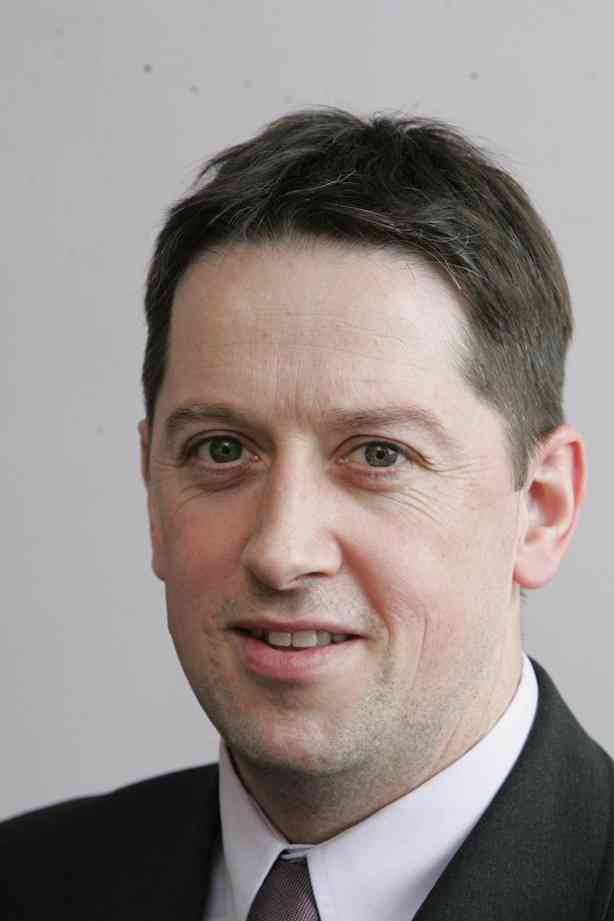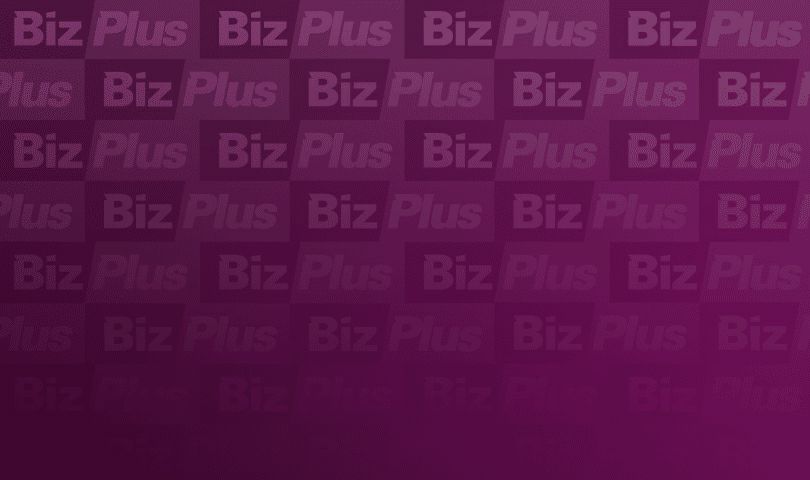By Damien O’Sullivan
Baker Tilly Ryan Glennon
I am about to change some equipment but am not sure how to finance it. What are the options and which is likely to be the best for me? This is a question we often receive from clients in the office and, in fact, there is no one answer that suits all circumstances. In general the purchase can be financed by:
(a) Own cash resources
(b) Hire Purchase Agreement
(c) Lease
Plant and machinery used for the purpose of a trade qualifies as a deduction in arriving at the taxable profits, however, the manner in which relief is allowed will vary depending on how the purchase has been financed.
Own Resources
When the asset is purchased using your own resources you will immediately acquire ownership of the goods. If you are registered for VAT you may be entitled to reclaim the VAT paid on the purchase. The claim for VAT should be made in the VAT period in which the goods were acquired. Capital allowances can be claimed for income tax purposes provided the asset is used for the purpose of a trade.
All plant and equipment is required to be written off at the rate of 12.5% per annum over eight years. For tax purposes the qualifying condition is that the item is in use at the end of the accounting period. So the purchase of an item one month before the year end, in November, and brought into immediate use in the business qualifies for a full deduction of 12.5% (ie. there is no need to term apportion the relief).
If, during the life of the asset, it is deposed of a balancing calculation is performed to ensure that the tax relief claimed equates to the actual loss in value of the item. For example, an asset purchased for €16,000 and sold after 4 years for €6,500 will give rise to a claim for addition relief of €1,500. Relief will be allowed in the year of disposal for the amount of the balancing allowance.
If the proceeds were €10,000 and not €6,500, you would have a balancing charge of €2,000 which would be taxable. It may be possible to rollover the balancing charge into the cost of the replacement asset and in doing so avoid the immediate charge to tax.
Hire Purchase Agreement
A hire purchase agreement is a contract to acquire an item by making a series of instalment payments. It should be noted however that under a hire purchase agreement ownership of the asset does not pass to the customer until the last instalment is paid. Up until that date the hirer is entitled to repossess the goods in the event of the customer failing to make the repayments.
Despite the fact that legal ownership does not transfer until the final payment is made you are however deemed to have acquired all of the risks and rewards of ownership for tax purposes. Accordingly your tax position will be similar to a person who has purchased the goods outright. ie. You will be entitled to reclaim all the VAT at the start of the agreement.
You will be entitled to capital allowances at 12.5% p.a. You will be subject to a balancing charge on disposal of the asset. The hire purchase agreement will include a finance/interest charge which may qualify as a business expense, however, it must be apportioned over the term of the agreement and all of it may not be claimed up front.
Leasing
A lease agreement is a contract to rent an item of plant of equipment for an agreed term. At the end of the term there is generally an option to purchase the asset or enter a secondary rental period. This differs from the hire purchase agreement where the option to purchase out-right is exercised at the start of the agreement. For tax purposes there are also very distinct differences.
As ownership of the asset has not been acquired the VAT on the asset cannot be reclaimed. Instead the VAT on the rental charge by the finance company is reclaimable.
No capital allowances are available to the lessee but the rental payment is fully deductible in arriving at the taxable profits of a business.
At the end of the primary lease period, if the option to purchase is exercised an invoice for the purchase will be issued by the leasing company. This is generally accompanied by a credit note in respect of lease rentals paid, leaving a small payment to be paid by the lessee. In the case of a business asset the tax consequences of this are however very different from the termination of a hire purchase agreement.
Firstly, as legal ownership of the asset is only acquired at the end of the primary lease period, capital allowances, based on the settlement value, can only be claimed from that date.
As with all plant and machinery this must be claimed over eight years. Secondly, a tax deduction will have already been allowed on the periodic lease payments so the issue of a credit note by the leasing company represents a refund of rentals paid. This refund will be subject to income tax.
In the case of a VAT registered person VAT will also be accountable on these events. The tax consequences of the settlement of the lease at the expiration of the primary lease period can be severe.
While a lease does offer the opportunity to claim tax relief on an asset over a shorter period than capital allowances it is not unusual to find that tax relief may have been obtained on the lease payments at the low rate (20%) but the receipt of a significant credit note may push the taxpayer onto the higher rate and tax can subsequently be collected on the deemed refund of rentals at the 40% rate.
It may be possible to avoid this clawback by allowing the lease to enter a secondary period but it should be borne in mind that with a secondary lease period you do not acquire ownership of the asset.
As with the hire purchase agreement there will be an interest cost associated with the lease and this will be built into the rental payments. In general there tends to be very little difference in the interest cost of HPV’s Lease and any difference is usually attributable to the timing of the payments (ie. whether payments are made up front at the start of the agreement or after a period of time has elapsed).
For new equipment it should be possible to avail of either option however for second-hand or specialised equipment financial institution tend to favour hire purchase or even bank loan arrangements.
To summarise, in each instance the appropriate manner in which an asset is to be financed will differ. The correct option for the particular circumstance can only be decided having considered the availability of own funds, the cost of borrowed funds, the nature of the purchase (business or personal), the VAT status of the purchaser and the tax implication.
Before a decision is made, particularly with regard to business assets, is it best to contact an accountant or tax adviser. They can review your financial and tax situation and give a tailored tax insight into the decision.
+ Damien O’Sullivan (below), Director with Baker Tilly Ryan Glennon, is based in the firm’s Portlaoise office.









